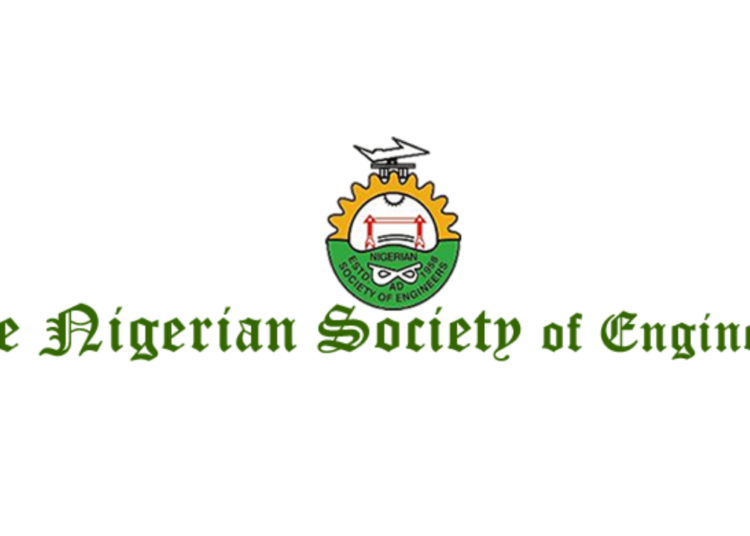
Among international airports in Nigeria, the Murtala Muhammed Airport (MMA), Lagos ranks highest with bird strike incidents in the country.
Among international airports in Nigeria, the Murtala Muhammed Airport (MMA), Lagos ranks highest with bird strike incidents in the country.
Statistics by the NCAA identified poor waste management around that environment as one of the major reasons for the concentration of birds at the Lagos airport.
Balang further observed that whenever grass cutting or other environmental activities coincided with the period of birds’ migration, it led to a spike in incidents of bird strikes at the airport, but assured that effective Wildlife Hazard Management Plan (WHMP) would help to minimise this trend.
Balang, however, said that the high rate of bird strike incidents was a grave concern to the NCAA, stressing that this had led to its identification as a key area for safety oversight enhancement in 2024 and 2025 by the Director-General Civil Aviation (DGCA), through the Directorate of Aerodrome and Airspace Standards.
Also, he explained that the NCAA had published an advisory circular, NCAA-AC-ARD-036, that guides aerodrome operators on the subject matter.
The NCAA safety oversight system, Balang said, is framed around the International Civil Aviation Organisation’s (ICAO) eight Critical Elements (CEs).
He added: “It is well established that the DGCA has sufficient powers to make Civil Aviation Regulations to deal with the subject matter.
The new Nigeria Civil Aviation Regulations (Nig.CARs) 2023 Part 12 Vol. I and II specify regulations that require aerodrome operators to establish a system to reduce the risk of wildlife collision with aircraft.
“An effective Wildlife Hazard Management Plan (WHMP) is part of that system required by Nig. CARs 12.2.9.4. The Directorate of Aerodrome and Airspace Standards (DAAS) is the technical directorate designated by the DGCA to deal with the subject matter.”
SOURCE: LEADERSHIP NEWSPAPER





Thank you for another excellent article. Where else could anybody get that kind of info in such an ideal way of writing? I’ve a presentation next week, and I’m on the look for such information.